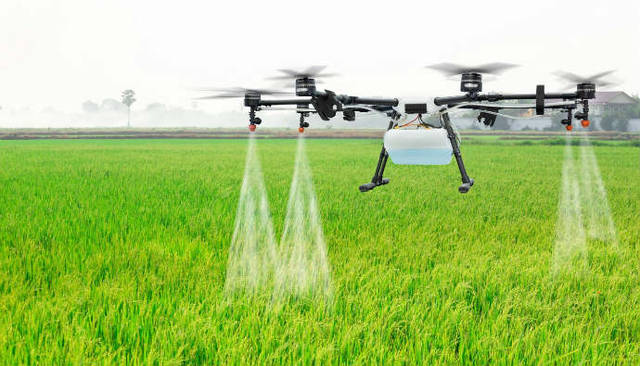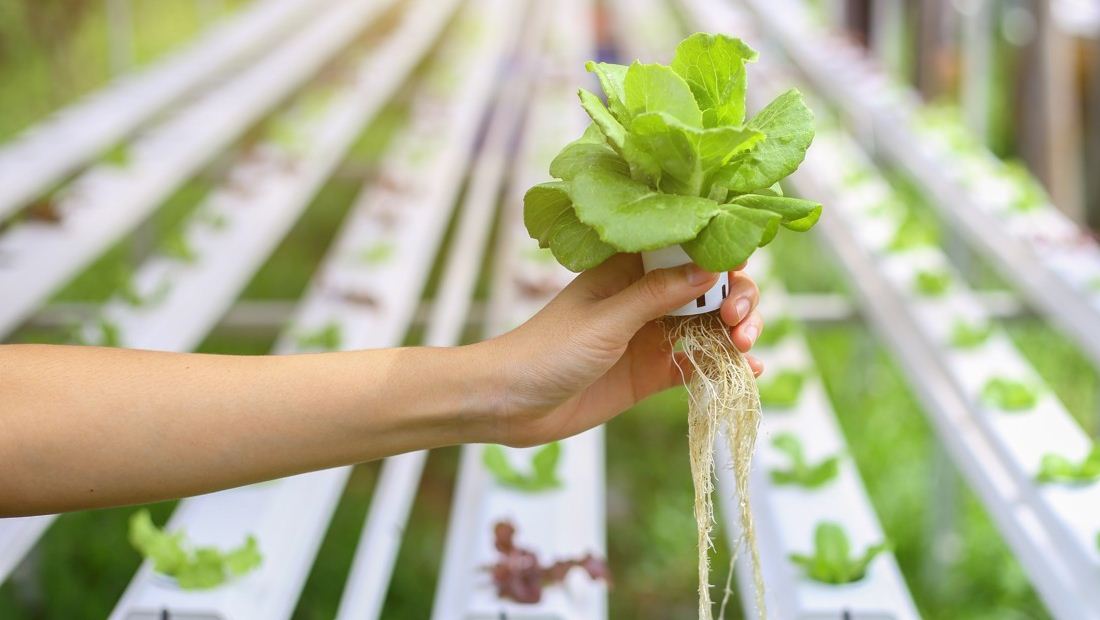Inovasi Teknologi dalam Peningkatan Hasil Tanaman
 Source: bing.com
Source: bing.comIntroduction
Technology plays a crucial role in maximizing agricultural productivity and ensuring food security. With the growing global population and limited arable land, innovative technologies have become essential for enhancing crop yield. In this article, we will explore various technological advancements that have revolutionized the agricultural sector.
1. Precision Agriculture
 Source: bing.com
Source: bing.comPrecision agriculture involves the use of GPS, sensors, and drones to collect data on soil conditions, moisture levels, and plant health. This data is then analyzed to determine the precise amount of fertilizers, water, and pesticides required for optimal crop growth. By eliminating guesswork and optimizing resource allocation, precision agriculture helps in maximizing yield while minimizing environmental impact.
2. Automated Irrigation Systems
 Source: bing.com
Source: bing.comTraditional irrigation methods often lead to water wastage and uneven distribution. Automated irrigation systems utilize sensors and weather data to ensure that crops receive the right amount of water at the right time. This not only conserves water but also prevents waterlogging and improves crop health. Farmers can remotely control and monitor these systems, further enhancing their efficiency.
3. Vertical Farming
 Source: bing.com
Source: bing.comVertical farming involves growing crops in vertically stacked layers, using controlled environments and artificial lighting. This innovative technique allows year-round cultivation, independent of climate conditions. Vertical farming also requires less water and land compared to traditional methods, making it a sustainable solution for urban agriculture. Additionally, it reduces transportation costs and carbon emissions associated with long-distance supply chains.
4. Hydroponics
 Source: bing.com
Source: bing.comHydroponics is a soil-less cultivation method that involves growing plants in nutrient-rich water. This technique provides better control over nutrient uptake, leading to faster growth and higher yields. Hydroponic systems can be used in various settings, including greenhouses and vertical farms, and are particularly effective for cultivating leafy greens and herbs. The efficient use of water and nutrients makes hydroponics an environmentally friendly choice.
5. Smart Sensors for Crop Monitoring
 Source: bing.com
Source: bing.comSmart sensors embedded in fields and plants provide real-time data on temperature, humidity, soil moisture, and nutrient levels. This information enables farmers to make informed decisions regarding irrigation, fertilization, and disease prevention. By detecting early signs of stress or disease, smart sensors help farmers take timely action, preventing crop losses and optimizing yield.
6. Robotics and AI
 Source: bing.com
Source: bing.comAdvancements in robotics and AI have transformed agriculture by automating labor-intensive tasks. Robots equipped with cameras and AI algorithms can precisely identify and remove weeds, reducing the need for herbicides. They can also assist in harvesting delicate crops, minimizing damage and increasing efficiency. These technologies not only improve productivity but also reduce the physical strain on farmers.
7. Genetic Engineering
 Source: bing.com
Source: bing.comGenetic engineering has enabled the development of crop varieties with enhanced traits, such as resistance to pests, diseases, and environmental stress. Through precise manipulation of genes, scientists can create plants that are more productive, nutritious, and adaptable to changing conditions. This technology has the potential to address food security challenges and mitigate the impact of climate change on agriculture.
Conclusion
The integration of technology into agriculture is revolutionizing the way we grow crops and ensuring sustainable food production. Precision agriculture, automated irrigation systems, vertical farming, hydroponics, smart sensors, robotics, AI, and genetic engineering are just a few examples of how innovation is improving crop yield. By embracing these advancements, farmers can optimize resource utilization, reduce environmental impact, and meet the increasing demand for food. Embracing technological innovation is crucial for a resilient and productive agricultural sector.
Post a Comment for "Inovasi Teknologi dalam Peningkatan Hasil Tanaman"